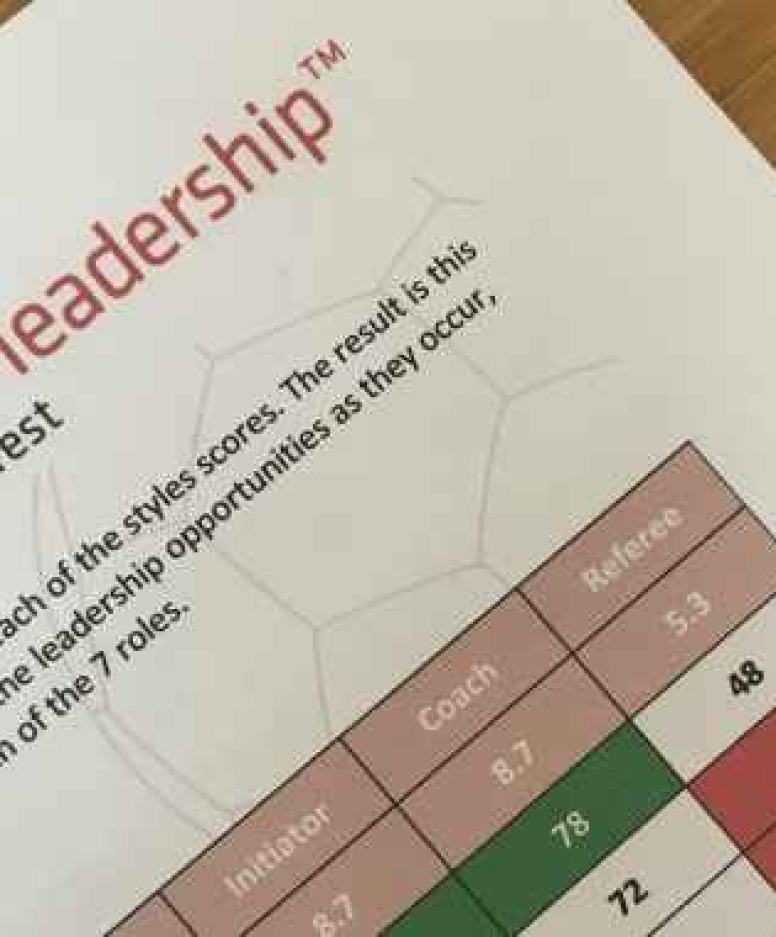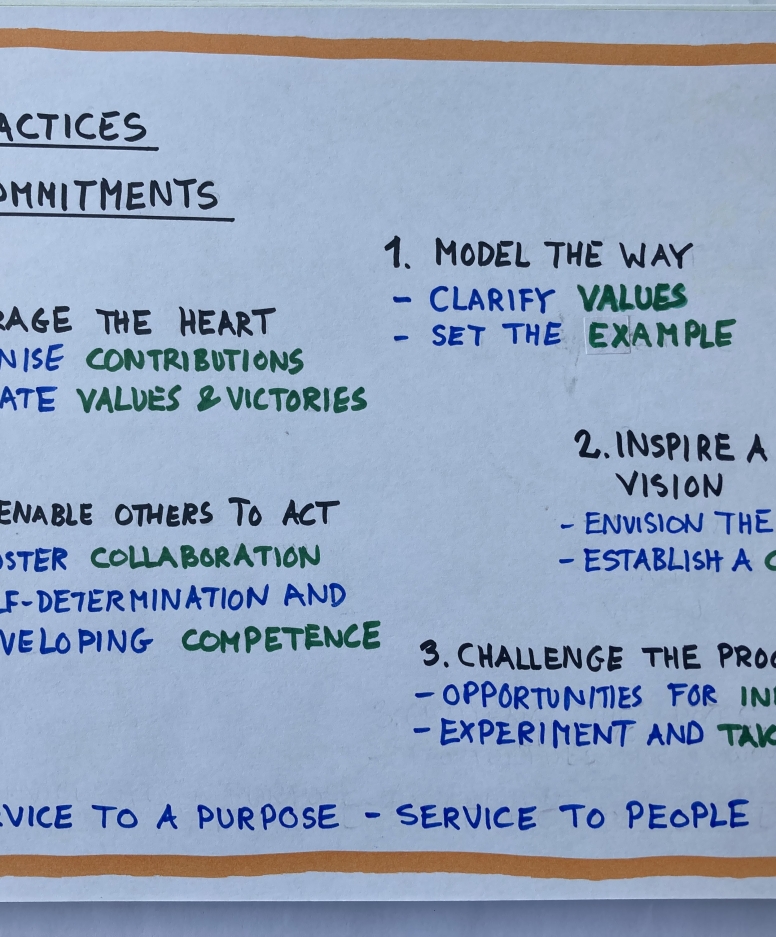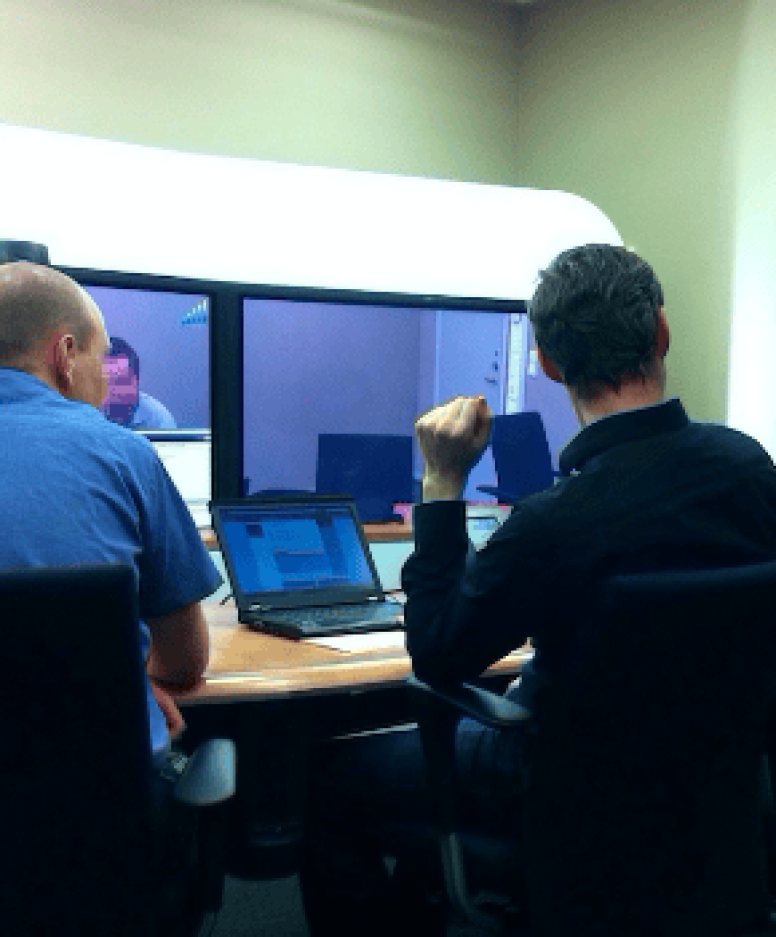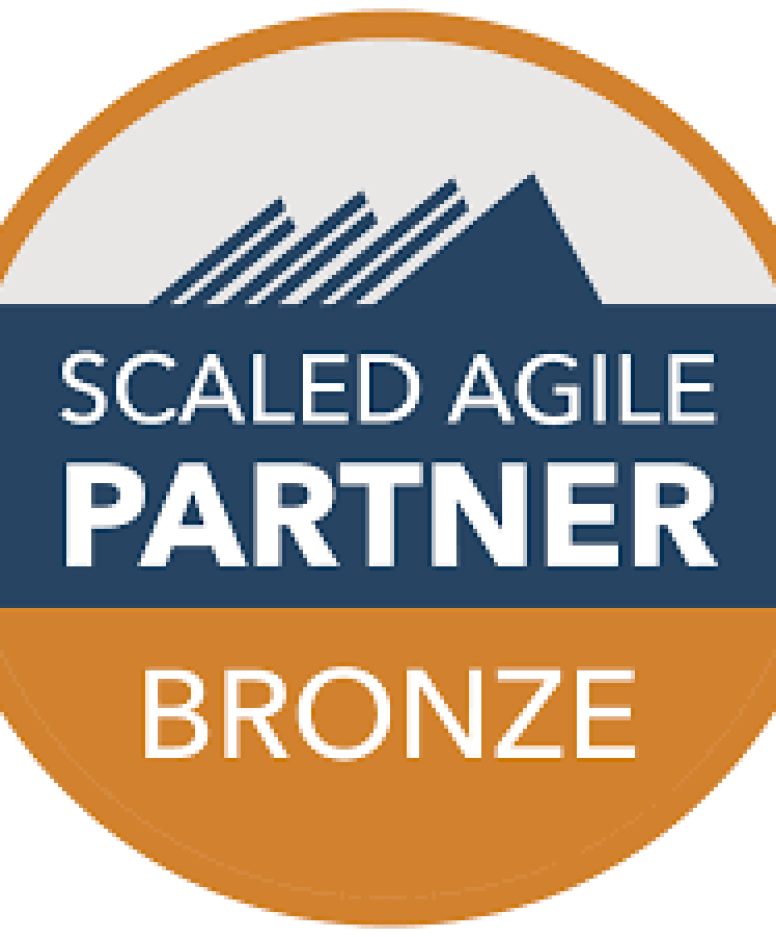Thousands of companies around the world are trying to transform their organisations breaking down hierarchies. They aim to distribute leadership by delegating power to self-organized teams. They want to change their culture for a better fit to an increasingly volatile, uncertain, complex and ambiguous (VUCA) world.
Too few succeed.
The main reason for this is Management and how we transform the role of management.
In my work helping companies build organisations around self-organised teams, I have observed that many managers don’t really know what they are doing. I know that it is a tough call, and to be more fair I would claim that managers don’t have a common framework or language around what they are (supposed to be) delivering as managers in the organisation.
In the organisational transformations that we see today a lot of us know, where we want the managers to go. We want (more) horisontal organisations. We want managers to be servant leaders nursing the system doing people management. What we lack is a starting point, a baseline.
And honestly, if you don’t know where you are, it is difficult to find a path to where you want to go.
A couple of years ago I learned about a leadership model, Direct Leadership® created by Karin Zastrow, that breaks down management into day-to-day deliverables. As a manager you need to master seven roles, the concept of leadership opportunities and four styles.
Mastering these deliverables give managers a common and operational language around everyday leadership. It also provides organisations with the ability to establish a baseline for their managers before they engage in transforming the organisation and the role of management.
The seven roles and four styles are shown in the box below.
In my work helping companies build organisations around self-organised teams, I have observed that many managers don’t really know what they are doing. I know that it is a tough call, and to be more fair I would claim that managers don’t have a common framework or language around what they are (supposed to be) delivering as managers in the organisation.
In the organisational transformations that we see today a lot of us know, where we want the managers to go. We want (more) horisontal organisations. We want managers to be servant leaders nursing the system doing people management. What we lack is a starting point, a baseline.
And honestly, if you don’t know where you are, it is difficult to find a path to where you want to go.
A couple of years ago I learned about a leadership model, Direct Leadership® created by Karin Zastrow, that breaks down management into day-to-day deliverables. As a manager you need to master seven roles, the concept of leadership opportunities and four styles.
Mastering these deliverables give managers a common and operational language around everyday leadership. It also provides organisations with the ability to establish a baseline for their managers before they engage in transforming the organisation and the role of management.
The seven roles and four styles are shown in the box below.
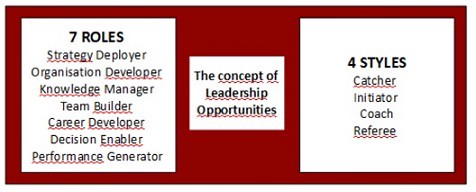
Direct Leadership® Model
The first three of the seven roles (Strategy Deployer, Organisation Developer and Knowledge Manager) address the managers responsibility for building a bridge between the organisations mission, vision and strategies and the work of her team(s) and each employee.
The second set of roles (Team Builder and Career Developer) looks at how people thrive at work, as teams and as individuals.
The last two roles (Decision Enabler and Performance Generator) focus on ensuring short term high performance.
A leadership opportunity can be an occurrence between a manager and an employee or among the team, that should be encouraged, changed or stopped. It can be a structure or a process which needs improvement, or the performance of an employee person or a team.
The Catcher style is like a radar. As a manager you must constantly look out for your team keeping them on the right track catching ideas and problems and figuring out which of the remaning three styles offer the best way forward. Do you need to coach the employee, do you need to initiate something or do you have to act as a referee.
If you aim to delegate power to self-organised teams creating a (more) horisontal organisation, Direct Leadership® provides you with a model that gives you a common language around leadership. You can use this common language to create a baseline for your transformation. It gives you a means to make the change in the role of management tangible. It gives you a means to create the path from prediction and control management to servant leadership.
The second set of roles (Team Builder and Career Developer) looks at how people thrive at work, as teams and as individuals.
The last two roles (Decision Enabler and Performance Generator) focus on ensuring short term high performance.
A leadership opportunity can be an occurrence between a manager and an employee or among the team, that should be encouraged, changed or stopped. It can be a structure or a process which needs improvement, or the performance of an employee person or a team.
The Catcher style is like a radar. As a manager you must constantly look out for your team keeping them on the right track catching ideas and problems and figuring out which of the remaning three styles offer the best way forward. Do you need to coach the employee, do you need to initiate something or do you have to act as a referee.
If you aim to delegate power to self-organised teams creating a (more) horisontal organisation, Direct Leadership® provides you with a model that gives you a common language around leadership. You can use this common language to create a baseline for your transformation. It gives you a means to make the change in the role of management tangible. It gives you a means to create the path from prediction and control management to servant leadership.
Take the role as Strategy Deployer
In an organisation based on prediction and control the C-level develops the vision and strategy and implements it top-down. The role of management is to deploy the vision, strategies and goals and translate them into sub-strategies, objectives and action plans for their team(s). Furthermore, they must ensure that the employees keep the organisations vision and goals in mind as they go about their daily tasks.
When delegating power to self-organised teams, visions and strategies are created in a top-down and bottom-up process involving (representatives of) the full organisation. The responsibility for Strategy Deployment is shared across all employees in the organisation. The role of management changes in the way that it involves engaging the teams and deploying strategies both up and down and across the organisation. You can do the same exercise for the remaining six roles, and hence create a transparent path for transforming the role of management.
Please leave your comments and questions below, and don’t hesitate to get in touch, if you want to know more about Direct Leadership® and how it can help you transform management in your organisation.
When delegating power to self-organised teams, visions and strategies are created in a top-down and bottom-up process involving (representatives of) the full organisation. The responsibility for Strategy Deployment is shared across all employees in the organisation. The role of management changes in the way that it involves engaging the teams and deploying strategies both up and down and across the organisation. You can do the same exercise for the remaining six roles, and hence create a transparent path for transforming the role of management.
Please leave your comments and questions below, and don’t hesitate to get in touch, if you want to know more about Direct Leadership® and how it can help you transform management in your organisation.
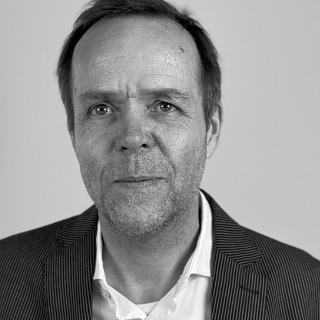
Thomas ElkjærSeniorkonsulent, Agile CoachDenne e-mail adresse bliver beskyttet mod spambots. Du skal have JavaScript aktiveret for at vise den.
Thomas Elkjær er Agil Coach og Træner i tryZone. Thomas har mere end 25 års erfaring som leder, projektleder, Scrum Master, Product Owner og Agil Coach. Han coacher og træner ledere og teams i agile metoder og rammeværk og i hvordan de gennem bedre samarbejde og gode relationer kan øge deres produktivitet og kvalitet.

